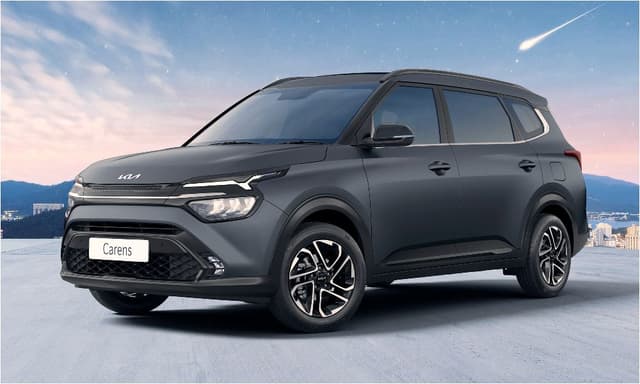Types of Car Transmissions You Must Know About!

Highlights
- Transmission systems were introduced to the world in 1939.
- Did you know that manual transmissions actually save fuel for car owners?
- Manual transmissions actually need special certifications.
Transmissions involve the entire system of gears, accelerators, brakes, clutches, and wheels. All of these need to function together for the car to travel from one destination to the other. There are several types of transmissions that are available in the market for customers to choose from. The types include – Manual, Automated Manual, Automatic, Single-speed, Dual-clutch, and continuously variable! Let us find out more about how these transmissions work in order to felicitate motion.

Photo Credit: pixabay.com
Manual transmission
The gear system is fully under the control of the driver. The clutch pedal is used in order to change the gears. When the driver wants to change gears at different speeds, the clutch pedal is engaged. When the clutch pedal is released, the engine is reconnected to the wheels. The fact is, the driver needs to be well-versed in using the clutch and accelerator pedals. Entry-level models tend to contain manual transmissions nowadays.

Photo Credit: pixabay.com
Automated manual transmissions
The basic difference between manual and automated manual transmissions is the fact that in automated, the transmission consists of more hydraulic systems. AMTs are actually cheaper than fully automated transmissions which is why some budget-friendly cars are very popular in the market right now. The cars that use this technology include Citreon's Servotronic, Alfa Romeo's Selespeed, Audi's R-Tronic and BMW's Sequential Manual Gearbox.
Automatic transmission
The clutch is replaced with a torque convertor. The fluid inside the converter is connected to the transmission, which in order is connected to the wheels. When brakes are applied, the fluid turns and idles the engine bringing the car to a halt. When the accelerator is applied, the fluid turns the wheels, and the car begins to move. Since the fluid is so flexible, the transition is very smooth for the car. A few of these cars include Porsche's Tiptronic and Mercedes-Benz's G-Tronic.
Single-speed transmission
This is not possible in the case of typical internal combustion engines since the rpm is quite low. But electric motors can spin at around 20,000 RPM, which is why hybrid vehicles have single-speed transmission systems. Most electric vehicles can easily work on a single-speed transmission.
Dual-clutch transmission
The DCT is being pushed as a replacement for traditional automatic transmission systems. There are two shafts with their own clutches – one for even gears and one for odd gears. The gear is pre-selected for the driver, which makes driving easier for the person. The shifts are a bit jerky at low speeds, but DCTs have found their use in high-performance vehicles. The cars that contain DCT include Volkswagen's DSG, Porsche's PDK, Audi's S Tronic and Ford's Powershift.

Photo Credit: pixabay.com
Continuously variable transmission
Being able to provide infinite gear ratios in order to increase fuel economy is the main aim of CVT. Transmission electronics are used in order to change the gear ratios for the engine to be in optimum condition. CVTs work well at lower speeds as well. Experiments have been going on in order to make CVTs similar to automatic transmissions so that the droning noise can be reduced. Examples include Toyota's hybrid vehicles.
Last Updated on February 28, 2022














